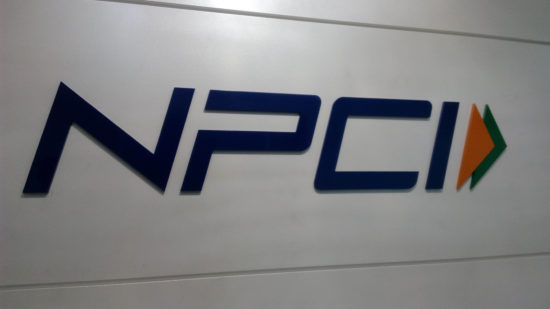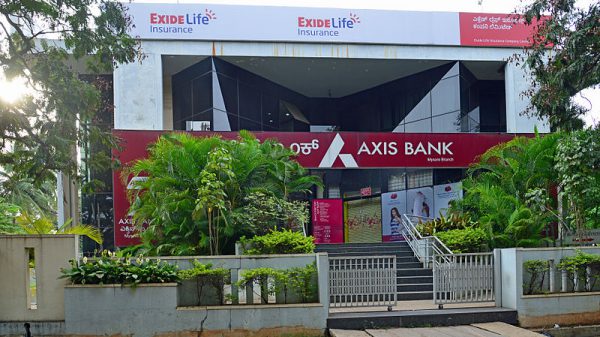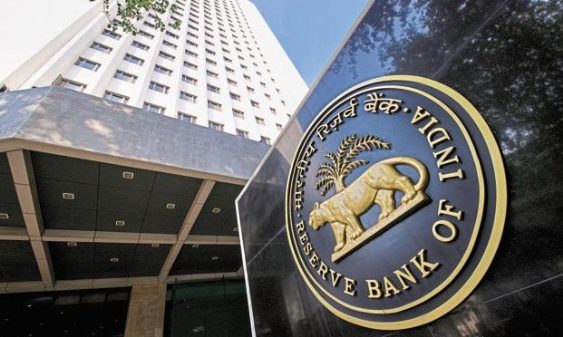With over 175 million customers and 60 million merchants on the Unified Payments Interface (UPI), the platform is expected to process close to $425 billion (over ₹31 lakh crore) worth of transactions this year, which is equivalent to 15% of India’s Gross Domestic Product (GDP), said Ritesh Shukla, chief executive officer, NPCI International Payments Ltd. “When we launched UPI in 2017 we processed $8 billion worth of commerce on the platform, which is less than 1% of India’s GDP,” Shukla said while speaking on a panel discussion organised by Carnegie India.
In August this year, the National Payments Corporation of India (NPCI) set up a subsidiary, NPCI International, to export its flagship payments solutions UPI and RuPay cards. “We have started engaging with people overseas and the response has been very positive. We truly believe in the next couple of years we will be able to create something similar on the same lines of UPI globally,” Shukla said.
“We have achieved this performance in India due to the technology platform and the business use-cases. By combining the tech and business expertise, we are able to play in different markets where there are no fast payments system equivalent to UPI. We can go there, collaborate with governments and deliver digital public goods. There are countries where there are existing fast payments program, but it hasn’t taken the shape and form that UPI has taken here. So we can also share knowledge and advisory services to the markets to bring traction, penetration and inclusion,” Ritesh Shukla, CEO, NPCI International Payments Ltd.
Shukla also said that the NPCI is looking at working on a remittance solution and how UPI can be deployed for such transactions. “Currently, cross-border remittance is very fragmented there are bank bi-laterals, dated rails and money transfer operators. There is no uniformity. There are identified challenges like speed of transactions, cost of transaction, transparency and accessibility. We are looking at collaborating with partners on the other side to bring efficiency, speed and reduce the cost of remittance,” he said.
During the discussion, Victor Malu, head of Future Financial Systems at Financial Sector Deepening, Kenya said that several banks in Kenya had created a real-time cash transfer platform called ‘Pesa Link’ where money can be transferred from any bank account to another. “But the biggest challenge this project has faced is to do with standards because every bank wants to retain their own mobile banking solution. So there is no uniformity and there has been quite a bit of misunderstanding within the market. But this has the potential to be the next m-Pesa. So I think this is where NPCI could come in, to support the standardisation,” he said.
Leveraging UPI for financial inclusion
While e-commerce giant, Amazon, and messaging platform, WhatsApp, have both enabled UPI payments on their respective platforms, the true aim behind offering this service is to provide value-added services on top.
Abhijit Bose, head of WhatsApp in India, said that both the UPI system and India Stack sets of solutions are transformational platforms especially, when it comes to improving financial inclusion. “One of the biggest opportunities we have is to attack the lack of financial inclusion in this country and other countries. The [UPI and India Stack] architecture allows for exponential scale and innovation. When we are talking about ₹200, ₹300, ₹400 products, the frictional cost of distribution matters and the economics does not work. When you actually take away that with the technology we have, now all of a sudden these are viable business models that can reach everybody,” he said.
Similarly Mahendra Nerurkar, director and chief executive officer, Amazon Pay said that UPI unlocks a whole segment of product offerings and selections for the customer, that they did not think of when it comes to Amazon. “Previously, we served merchants who were sellers on the marketplace and customers who were buyers on the marketplace. What UPI has allowed us to do is expand the definition, from a customer who is a shopper and a payer to a merchant who is a seller and a payment merchant. From a merchants perspective, it is exciting to have a payment method that is widely accepted. It allows us to build higher engagement with the customer as customers use more use-cases,” he said.
Also read


















